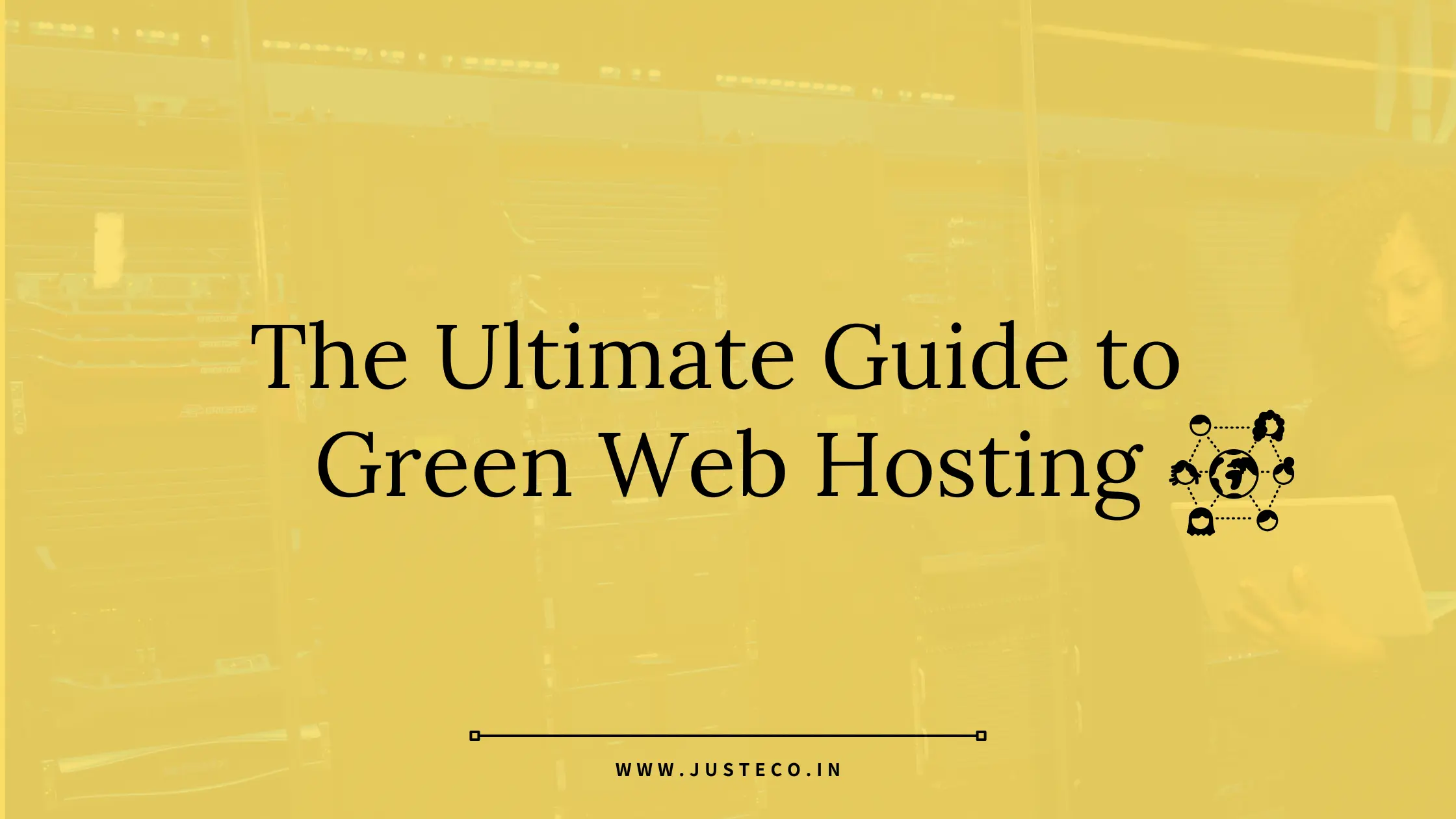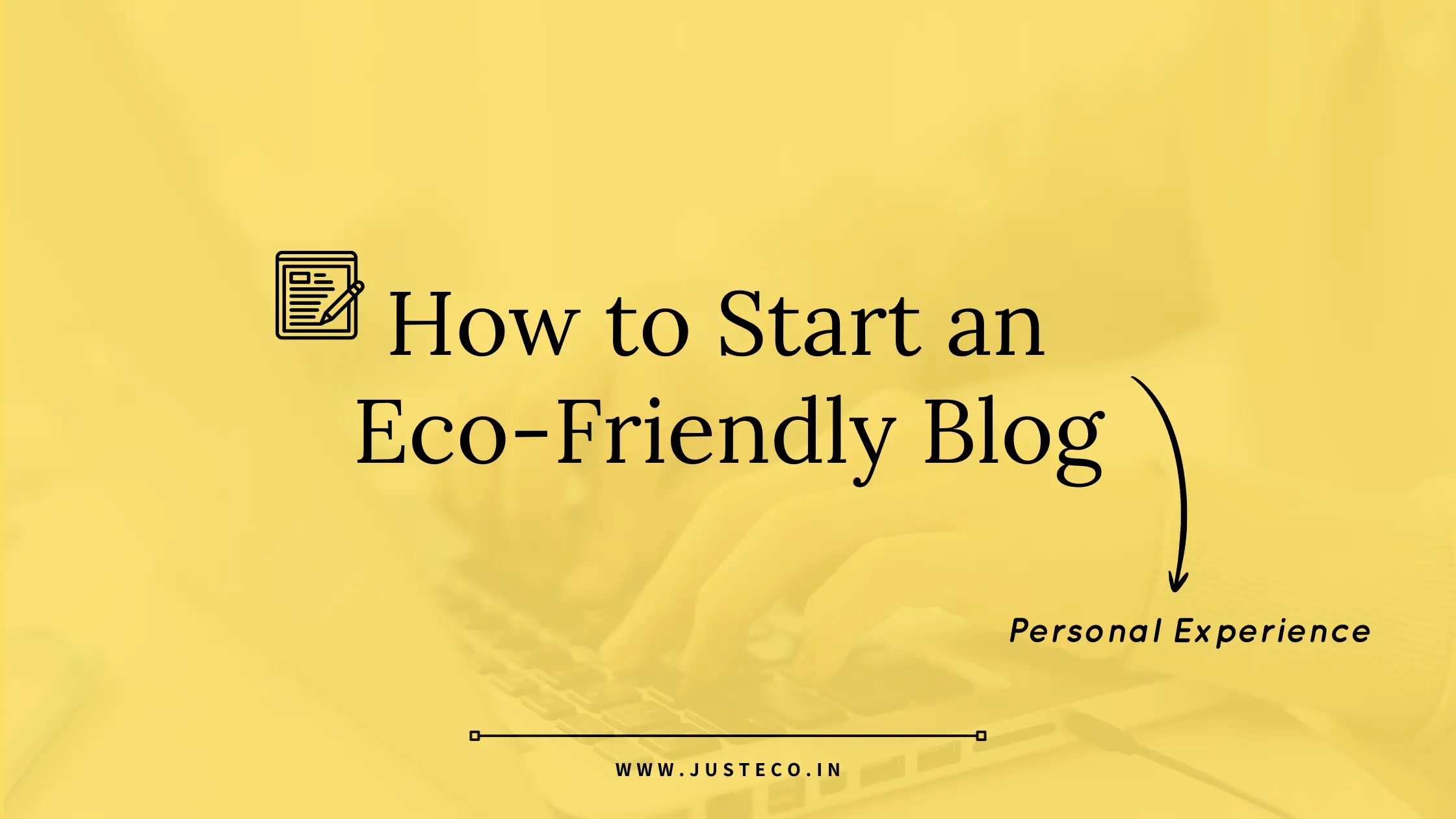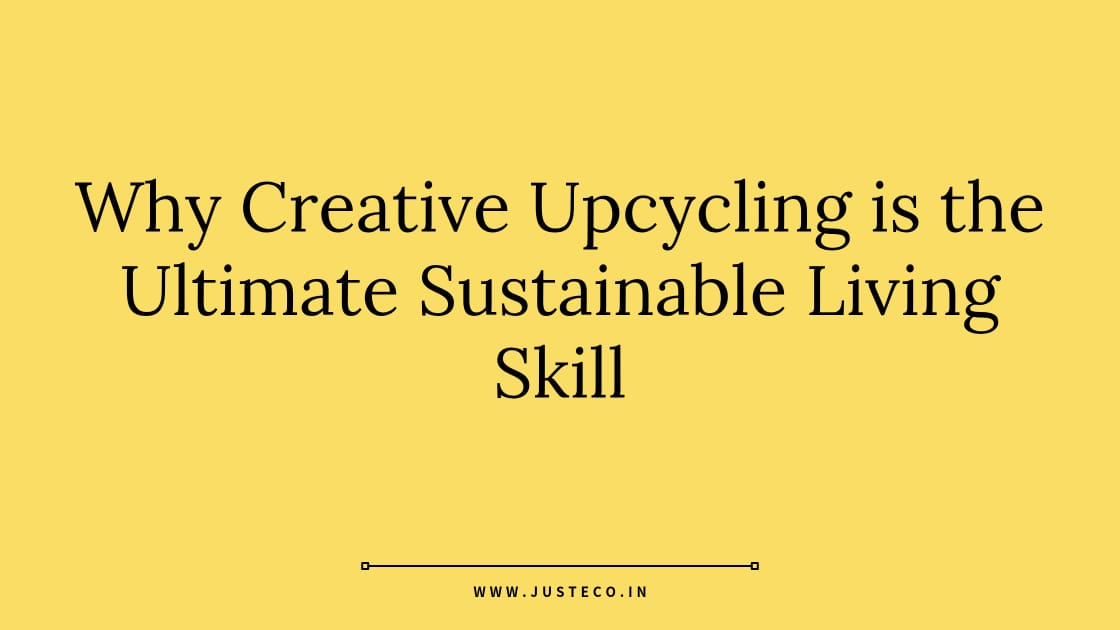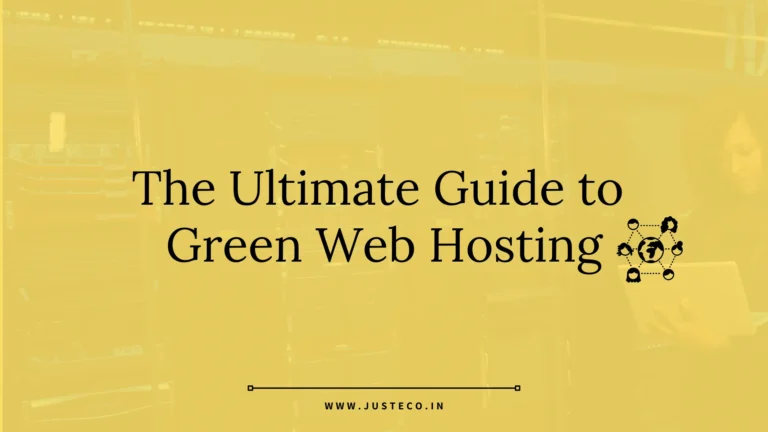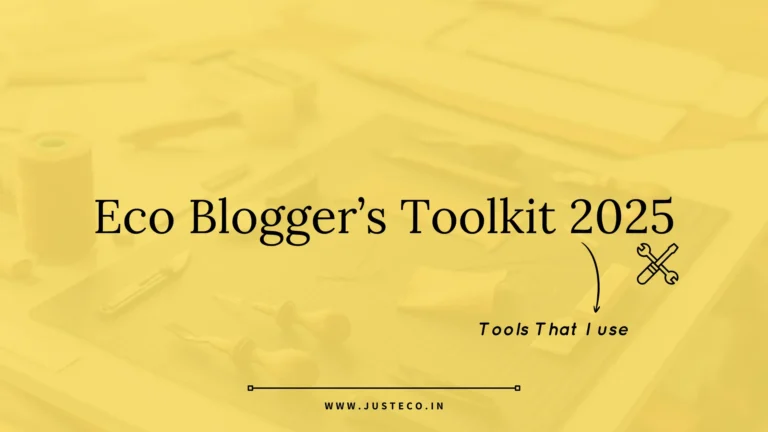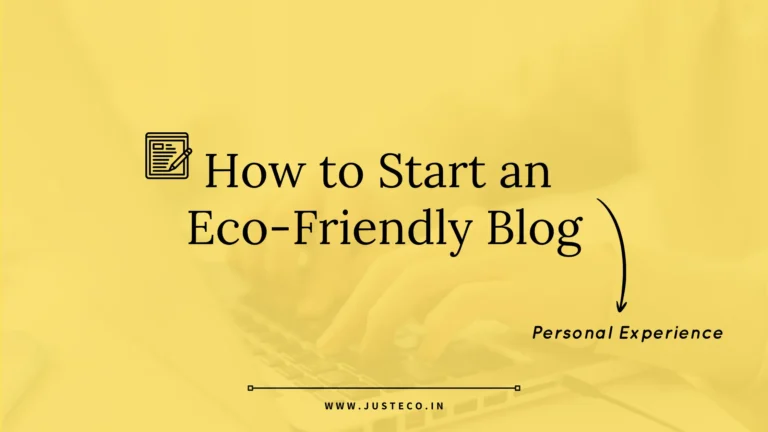When I started my first sustainability blog, I had no idea that even something as invisible as “web hosting” could leave a carbon footprint.
I was focused on writing eco-friendly living tips, but my website ironically was powered by data centers running on fossil fuels. That realization hit me hard. How could I promote sustainability while running a blog that indirectly harmed the planet?
That moment pushed me to switch to green web hosting. Since then, I’ve learned how simple changes in our digital choices can make a big difference for the planet.
In this guide, I’ll share everything I’ve learned about green web hosting—what it is, why it matters, how to choose the right host, and how you can build an eco-friendly website that also makes money ethically.
Table of Contents
ToggleWhat Is Green Web Hosting?
Green web hosting refers to hosting services that reduce or offset the environmental impact of running websites. Every website you visit is powered by servers stored in data centers huge buildings that consume enormous amounts of electricity to keep servers running 24/7. These servers require cooling systems, lights, and constant maintenance, which means high energy use and carbon emissions.
Green hosting companies take a different approach. They either use renewable energy (like wind or solar) to power their servers, or they purchase certified renewable energy credits (RECs) to offset their carbon emissions. Some even design their infrastructure to maximize energy efficiency, reducing power waste at every step.
In simple terms, green hosting ensures that the energy your website consumes is compensated by clean, renewable energy somewhere else in the grid.
Why Choosing an Eco-Friendly Host Matters
Running a website may seem harmless, but collectively, the internet contributes to around 3.7% of global carbon emissions—the same as the aviation industry. Every time your site loads, it consumes electricity through data transfers, server usage, and cooling systems.
Switching to an eco-friendly host is one of the easiest ways to make your digital presence sustainable. It’s good for the planet and also great for your brand. Today’s audiences care deeply about sustainability. Whether you’re an entrepreneur, NGO, or content creator, aligning your website with eco-conscious values strengthens trust and authority.
Additionally, green hosting can indirectly improve SEO. Search engines reward fast, efficient websites—and most green hosts optimize their infrastructure for speed and uptime. It’s a win for both sustainability and visibility.
How to Choose the Best Green Web Hosting Provider
When I first searched for a green host, I noticed that many companies made vague “eco-friendly” claims. After some digging, I realized that real green hosting providers have transparent sustainability practices and certifications. Here’s what you should look for:
1. Renewable Energy Usage:
Does the company power its data centers with renewable energy or offset its emissions through RECs?
2. Data Center Efficiency:
Look for modern infrastructure, optimized cooling systems, and low Power Usage Effectiveness (PUE) ratings.
3. Certifications:
Reputable providers are often certified by organizations like Green-e, CarbonNeutral, or The Green Web Foundation.
4. Performance and Uptime:
Sustainability should not come at the cost of reliability. Choose hosts with strong uptime records (99.9%+) and fast loading speeds.
5. Transparency:
Real green hosts clearly explain their sustainability measures instead of using marketing buzzwords.
Now, let’s explore a few good options.
(Get Affordable Hosting Use REFERRAL CODE “PXPABHAYGTLJ” to get 20% Instant Discount)
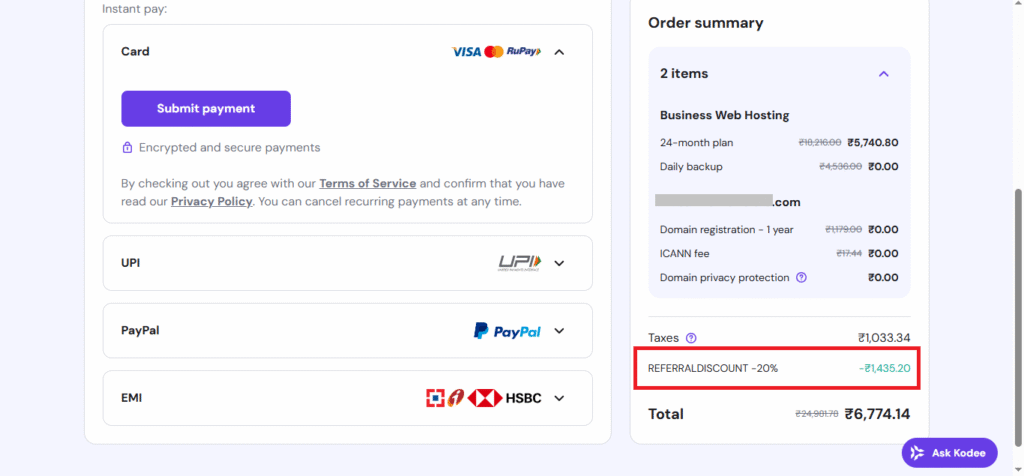
Hostinger – Affordable and Energy Efficient

Hostinger isn’t marketed as a “green host” per se, but it has made impressive strides in reducing energy consumption across its data centers.
They use energy-efficient hardware, advanced cooling technology, and have publicly committed to cutting their carbon footprint. Because their plans are affordable and beginner-friendly, I often recommend Hostinger to new bloggers who want both sustainability and performance without breaking the bank.
(If you’re considering starting your eco-friendly website, Hostinger’s low-cost green plans make it a solid choice for your first step.)
GreenGeeks – 300% Renewable Energy Match
GreenGeeks purchases three times the energy they consume in renewable energy credits. They’ve built their entire brand around eco-friendly web hosting and are ideal for anyone who wants their digital business to have a net-positive environmental impact.
DreamHost – Carbon-Neutral Operations
DreamHost runs carbon-neutral operations through clean energy programs and has data centers that follow high energy efficiency standards.
Each of these hosts is reliable, but your final choice will depend on your budget, sustainability goals, and growth plans.
Step-by-Step: How to Build Your Eco-Friendly Website
Once you’ve chosen your green hosting provider, it’s time to set up your sustainable website. Here’s a complete roadmap:
Step 1: Choose a Sustainable Domain Registrar
Even domain registrars consume energy. Some registrars like Namecheap and Google Domains (soon moving under Squarespace) use eco-friendly infrastructure.
Step 2: Install WordPress
Most green hosts like Hostinger offer one-click WordPress installation. WordPress is lightweight, open-source, and flexible enough for any sustainability-focused website.
Step 3: Pick a Lightweight Theme
Avoid flashy, heavy themes that slow your site. Choose clean, minimal themes like Astra, GeneratePress, or Kadence—they’re fast and efficient.
Step 4: Optimize Your Website’s Performance
Sustainability is also about efficiency. Compress images using tools like TinyPNG, use caching plugins like WP Rocket or LiteSpeed Cache, and enable a CDN to deliver content faster across the globe.
Step 5: Use Green Plugins and Tools
Limit plugin usage and deactivate unnecessary ones. This keeps your site lightweight and reduces server load.
Step 6: Go Paperless and Minimal
If your website collects forms or leads, use digital communication tools instead of printing materials. Minimal design not only looks modern but also consumes less energy to load.
How to Make Money from an Eco-Friendly Blog
One of the most common questions I get is: “Can you really make money from a sustainability blog without compromising your values?” The answer is yes—if you focus on ethical monetization.
Here are the best ways to earn income while staying true to your mission:
1. Affiliate Marketing (Ethical Approach)
Promote sustainable products or eco-friendly services you genuinely use. Instead of random affiliate links, recommend brands that align with your readers’ values. For example, I promote eco-conscious web hosts like Hostinger or sustainable software tools.
2. Sponsored Content
Collaborate with NGOs, green startups, or eco-brands that share your mission. Always disclose sponsored content to maintain transparency.
3. Digital Products and Courses
Sell ebooks, sustainability planners, or online workshops teaching others how to live greener. Once built, these products have zero shipping footprint—perfect for low-impact income.
4. Consulting or Collaborations
Offer eco-consulting, content creation, or sustainability marketing services. Your expertise becomes your product.
Remember: your monetization strategy should align with your blog’s purpose—to educate, inspire, and empower people to live more sustainably, not to promote overconsumption.
SEO and Content Strategy for Green Blogs
Search engine optimization (SEO) plays a major role in attracting the right audience to your green blog. The good news is, SEO for sustainability is straightforward if you stay consistent.
Keyword Research: Use tools like Google Keyword Planner or Ubersuggest to find long-tail eco keywords such as “best green web hosting,” “eco-friendly website tips,” or “how to reduce website carbon footprint.”
Content Pillars: Create in-depth guides (like this one) that form the foundation of your blog. Interlink them with related posts such as “How to Start an Eco-Friendly Blog” or “Best Sustainable WordPress Themes.”
Consistency and Authenticity: Google rewards authentic content that demonstrates real experience. Share your journey, results, and lessons learned rather than rephrasing what’s already online.
My Mistakes: When I began, I focused too much on technical SEO and too little on storytelling. Over time, I learned that sharing personal experiences—like how I discovered green hosting or reduced my blog’s carbon footprint—built deeper trust with readers.
Real-Life Examples of Green Websites
Several creators are already leading the way in digital sustainability. For instance, The Green Web Foundation educates developers about reducing digital emissions. Sustainable Jungle runs a content-rich blog dedicated to sustainable brands and zero-waste living. These examples show how combining purpose with good content can lead to both impact and profitability.
👉 Start your eco-friendly blog with Hostinger today →
Conclusion: Build a Website That Reflects Your Values
Creating a website that aligns with your eco-values isn’t just about reducing emissions—it’s about setting an example for others. Every blog post, product, or affiliate link you share becomes an opportunity to influence positive change.
If you’ve been thinking about starting your own blog, this is the perfect time. Choose an eco-friendly host like Hostinger, install WordPress, and start sharing your ideas with the world. Remember, small steps—like switching to green web hosting—can have a massive impact when multiplied across millions of creators.
Your website has the power to inspire action, educate minds, and support a sustainable future. So take that first step today—build a website that cares for the planet, and let your voice make the internet a greener place.


